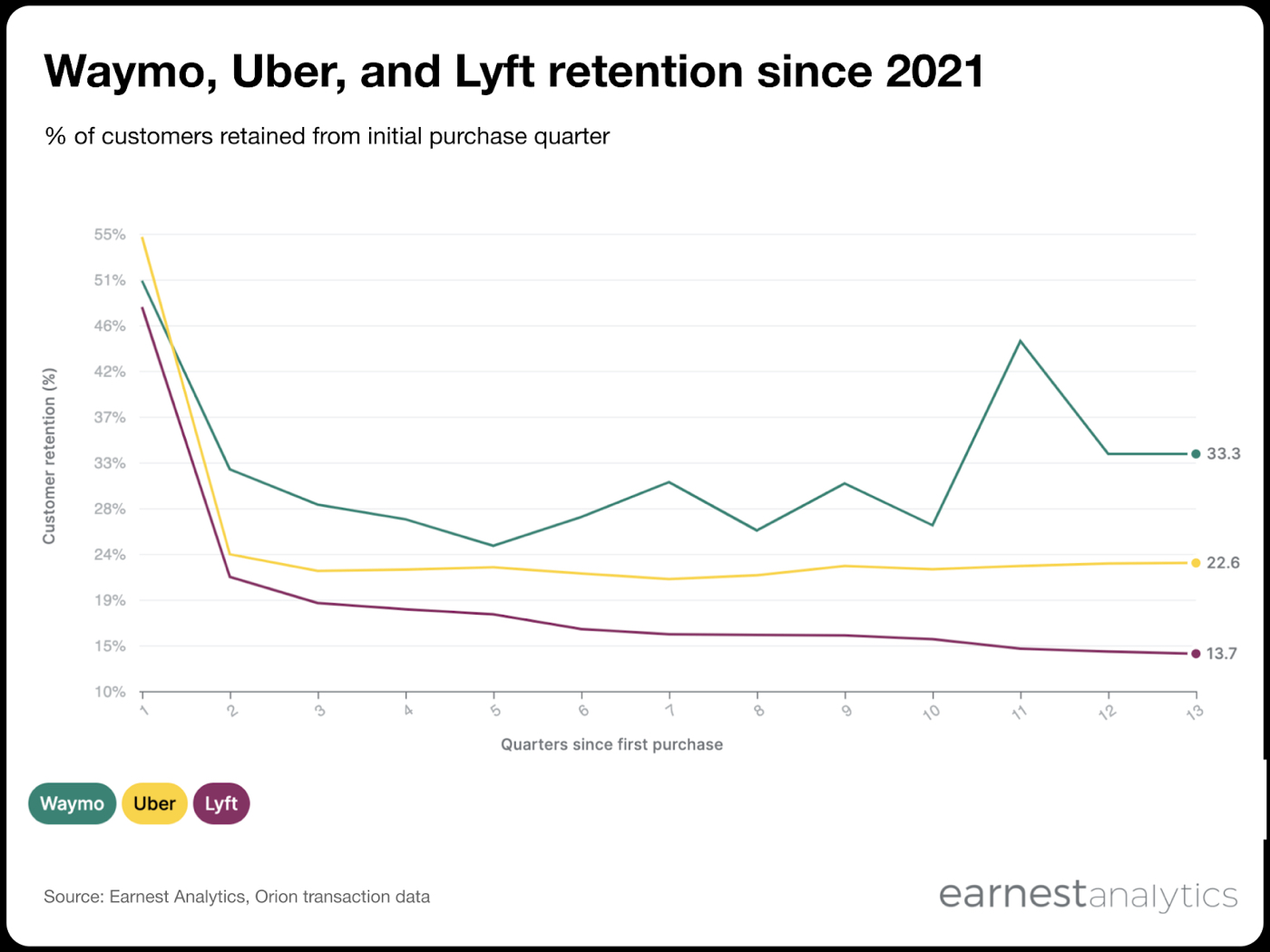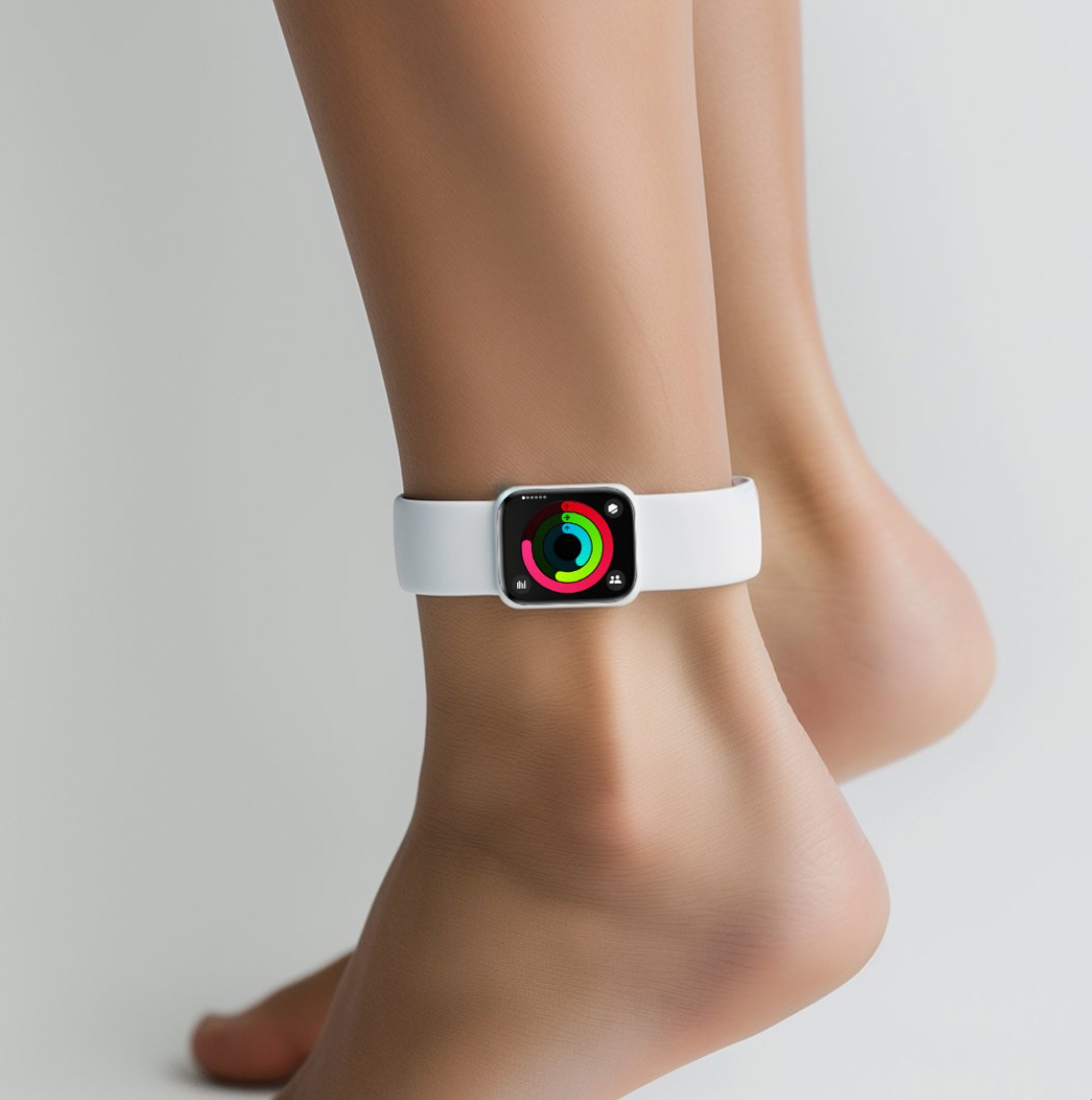
Hello, and happy Sunday! There are only 12 hours left to sign up for our new course, How to Write With AI. Join 87 students on Thursday, September 19, when Evan Armstrong will kick off a four-week class about how the foundations of online writing and new AI tools go hand in hand. Learn more about it and sign up before registration closes tonight. Otherwise, read on for everything we published last week and our take on the latest tech news.—Kate Lee
Was this newsletter forwarded to you? Sign up to get it in your inbox.
Knowledge base
"OpenAI's o1 Model, Explained" by Dan Shipper/Chain of Thought: A new model from OpenAI is nerd Christmas. Dan Shipper has been playing with this latest present and has some thoughts: It isn’t AGI, but it does represent new capabilities and a new tree of research that could maybe get us there. Read his initial review if you want to understand how AI is getting better at thinking things through, and why that means you might soon be asking ChatGPT to spend hours on your toughest problems.
🎧 "How to Use AI to Become a Learning Machine" by Dan Shipper/AI & I: Simon Eskildsen, CEO of AI startup turbopuffer, is one of the best learners we know. He’s pushing the boundaries of AI-assisted learning, from converting freezers to refrigerators with ChatGPT to learning new languages with AI walruses (we promise it makes sense when you read it). 🖥 Watch the latest episode of AI & I on X or YouTube, or listen on Spotify or Apple Podcasts, if you want to see how one of the smartest founders in tech is using AI to supercharge his already impressive learning habits. 🔏 Paid subscribers get access to Simon's custom Raycast AI commands and Anki flashcard template.
"The Button Problem of AI" by Evan Armstrong/Napkin Math: AI was supposed to change everything…right? Well, instead of a revolution, we got...buttons. Lots of buttons. Evan Armstrong argues that the real reason AI hasn't lived up to the hype is that most of its capabilities have been reduced to simple, clickable features in existing software. Read this if you want to understand why your fancy AI tools still feel like glorified spell-check, and what it'll take for startups to truly disrupt the tech giants in the age of AI.
"AI Journaling Changed My Life" by Dan Shipper/Chain of Thought: Dan takes a look back at how he began using GPT-3 as a supercharged journaling tool. He discovered that it was like having a therapist, life coach, and empathetic friend rolled into one AI package. Channeling Socrates and interpreting dreams, AI companions are pushing the boundaries of personal development. Read this if you want to explore how AI could revolutionize your self-reflection practice—or if you're just curious about what happens when you spill your guts to a robot.
"1,500,000 Files Organized and Counting" by Brandon Gell: Sparkle, Every's AI file organizer, hit a milestone: 1.5 million files sorted for just $36.66. It's like having a Ph.D. in organization at your fingertips, tackling tasks too menial for humans but too valuable to ignore. Read this for updates on Sparkle's new features, including organizing any folder on your computer and a 15-day free trial to test it out.
Fine tuning
Apple’s remarkably unremarkable hardware launch. As expected, Apple debuted many incremental hardware improvements at its most recent event. However, if the hardware gains are minimal, the software is not. More than I can remember previously, the presentations emphasized the ecosystem, integration, and software (aka AI) advantages of buying an Apple product. On that front, Apple Intelligence is still many months away from being launched. I would wait to buy anything if I were you.
Oracle is benefiting from being AI Switzerland. If you want to do stuff with AI, you need to have access to warehouses full of GPUs. Unfortunately, most of those warehouses are owned by Google, Microsoft, or Amazon—companies that are making competing AI stuff. Oracle’s stock is up 50 percent this year because it has been helping companies like X.AI build huge data centers.
Waymo is better at driving than humans are. This might be maybe the most important invention of the last decade? While LLMs may accelerate human knowledge, tens of thousands of people die from auto-related accidents. Waymo vehicles have 48 percent fewer crashes per mile than human drivers and 73 percent fewer injury-causing ones. I will never stop beating the drum about how incredible these statistics are—if the company scales this, and it becomes ubiquitous, someone there deserves a Nobel.
You know what’s cool? $150 billion. OpenAI is raising more funding, this time at a $150 billion valuation. You could view this as a research lab, a consumer company with a popular chatbot, or a group of people building a digital God. The more juiced the revenue multiple, the more investors are betting on the last being true.—Evan Armstrong
Data mining
Waymo’s mythical smiling retention curve. Credit card data shows that Waymo’s customer retention is better than both Uber’s and Lyft’s by a substantial margin:
Source: Earnest Analytics.After three years, Waymo retains about a third of its customers, which is about 50 percent better than Uber and 200 percent better than Lyft. But beating Waymo and Lyft isn’t the remarkable part about Waymo’s retention rates. The remarkable thing is that Waymo is demonstrating the incredibly rare “smile curve,” where retention improves over time. Customers are using Waymo and then, after dropping off for a bit, coming back for more. It’s possible the pattern is a function of Waymo’s limited rollout, i.e., the returning customers may be visitors to San Francisco (who couldn’t have used Waymo in the interim). The other possibility is that not only is Waymo better at driving than humans, the self-driving experience is really that much better than the alternatives (and getting more so, every day).—Moses Sternstein
Alignment
Your morning read shapes your day. Imagine this: It's 2 a.m., you're in a shark-infested ocean, and you're…fishing. This 27-minute Atlantic story yanked me from my bed into the danger zone of the Atlantic. I felt like I was right there with this crazy American fisherman, tasting the salt spray. And it energized my whole day, jolting me out of my morning routine and reminding me of adventure. Great writing transports you, but how often do you give yourself the chance to experience it? Instead of doom-scrolling or diving into work emails, what if you started your day with inspiring and invigorating reading? You could jump-start your brain with a surge of positive energy instead of greeting the morning with digitally fueled anxiety. Cast your net a little wider tomorrow and read something unexpected. You might reel in a day worth writing about.—Ashwin Sharma
Sentiment analysis
Dan’s pieces about AI journaling and the value of generalists continued to generate feedback:
“The use of AI feels like a reflection of us. With the quality of output, we receive a reflection of the input we provide. A therapist just digs through the low resolution you might have with a problem and make it appear clearer…I love how you tied how we may have seen movies as cheap imitation but now see them for the art that they are. While there is some tension between new users and [adoption of] the technology, having genuine use cases like the one you presented helps us broaden our understanding of how we can use AI to work with us, rather than competing against us.”—A TK reader
"’A jack of all trades is a master of none, but oftentimes is better than a master of one.’ The second part is often forgotten or unknown. The book The Neo-Generalist revises the ‘of none’ part: ‘None’ doesn’t mean zero, it means not 100-percent depth. IMHO a jack of all trades (around 85-plus percent in several disciplines) will always manage better in complex situations. It’s just a pity that most education systems still produce a workforce for the 19th-century factory. [In the l]ong term, versatility will beat depth, because most fundamental problems man produces come from lacking a holistic approach and adaptability.”—Analytics entrepreneur
Want to chat? DM Dan or Evan on X.
Hallucination
Maybe if we wore an ankle wearable, our step count would be accurate.
Source: X/Lucas Crespo.That’s all for this week! Be sure to follow Every on X at @every and on LinkedIn.
Find Out What
Comes Next in Tech.
Start your free trial.
New ideas to help you build the future—in your inbox, every day. Trusted by over 75,000 readers.
SubscribeAlready have an account? Sign in
What's included?
-
Unlimited access to our daily essays by Dan Shipper, Evan Armstrong, and a roster of the best tech writers on the internet
-
Full access to an archive of hundreds of in-depth articles
-
-
Priority access and subscriber-only discounts to courses, events, and more
-
Ad-free experience
-
Access to our Discord community





Comments
Don't have an account? Sign up!